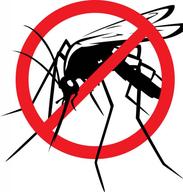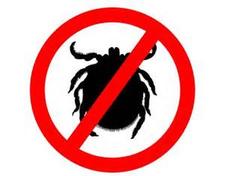TOP TREE LEAF LLC
Written by: Kevin Prevost of Top Leaf Tree LLC
May is Lyme Disease Awareness Month and boy is there a lot to be aware of! In 2014, Maine had more than 1,395 cases of Lyme disease reported.
The bite from an infected deer tick (Ixodes scapularis) can cause Lyme disease, a bacterial infection. The tick must be attached for approximately 24 hours before the infection can be passed on. The deer tick has a two year life cycle. In order to survive they need three blood meals during this period. Eggs hatch into larva during spring and summer of year one. They feed once during this time usually on chipmunks, mice and birds. During this time the tick may become infected with the Lyme Disease bacteria. Larva then molts into nymphs. May, June and July is the peak time nymphs are seeking their second meal. As we are more active outdoors during this time pets and humans fall victim to becoming a tick’s next blood meal. Nymphs grow to adult in the fall and become dormant during fall and winter months. Blood engorged females survive the winter in the leaf litter and lay approximately 3,000 or more eggs in May.
Children between the ages of 5-15, and adults over 65 are most susceptible of contracting Lyme Disease. Consistent daily checks after outdoor activity is best. Symptoms of Lyme Disease may include a growing red bulls-eye rash within day 3-30 of exposure, flu like symptoms, fever, and joint or muscle pain may be present.
Although Lyme Disease is most commonly heard of, Anaplasmosis and Babesiosis are two other tick-borne infections to be aware of. In Maine, cases of Anaplasmosis has doubled for the second year in a row and Babesiosis is also on the rise.
Treating your yard in Maine, with a company such as Top Leaf Tree LLC, specializing in these services who is knowledgeable, licensed and insured is a smart prevention strategy. Whether using organic or traditional methods of treatment, it is all very important in keeping your family protected while enjoying Maine’s beautiful summer weather.
What We Do

The Mosquito
A mosquito will thrive in 18 inches or less of water! Females bite to draw blood for reproduction. Standing water and the collection from spring and summer rains contribute to your mosquito population.

Ticks
A tick thrives on blood. Spring and summer seasons are the greatest time of risk for human and animal infection. Low to tall grass vegetation around your yard contribute to their numbers.
